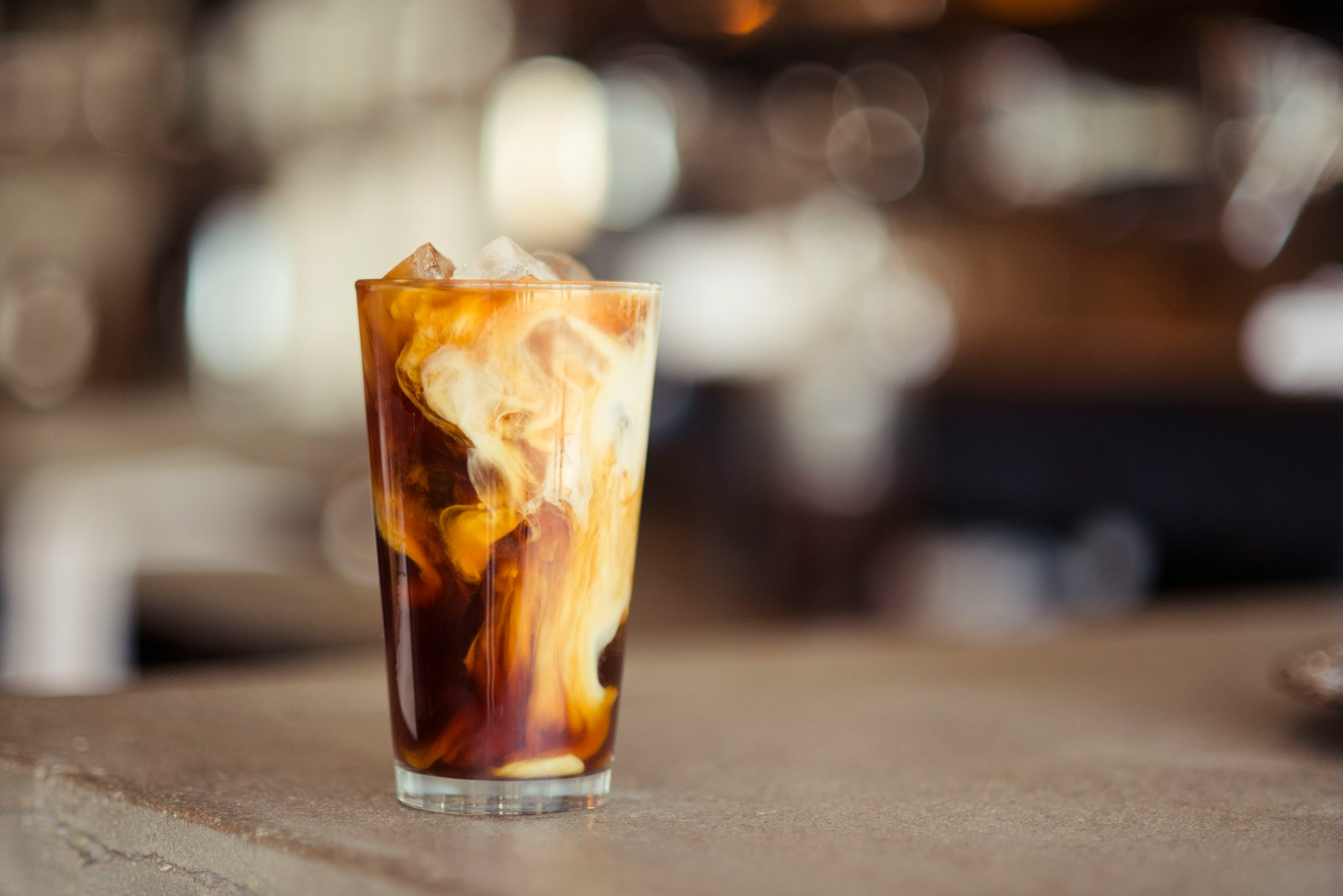Coffee, one of the most consumed beverages globally, owes its rich flavor and aromatic qualities to the intricate extraction process. This scientific phenomenon involves the dissolution of various compounds from coffee grounds into water, resulting in the liquid many cherish.
At its core, coffee extraction is influenced by several factors, including water temperature, brew time, grind size, and coffee-to-water ratio. Each variable plays a crucial role in determining the final flavor profile. For instance, higher water temperatures typically yield a faster extraction rate, but excessive heat can lead to over-extraction, resulting in a harsh, bitter taste. Conversely, lower temperatures may lead to under-extraction, producing a weak and sour brew.
Grind size is another critical variable, as it affects the surface area of the coffee particles exposed to water. A finer grind increases extraction efficiency, while a coarser grind may slow the process. The coffee-to-water ratio, often called the “golden ratio,” typically hovers around 1:15 to 1:18; however, individual preferences may lead to adjustments.
The ideal extraction is achieved when a balanced mixture of acids, sugars, and oils is dissolved into the brew, creating a harmonious flavor experience. Understanding the science of coffee extraction enhances the brewing process and elevates the enjoyment of this beloved beverage. As coffee lovers delve deeper into these scientific principles, they unlock the potential for creating the perfect cup tailored to their unique tastes.
